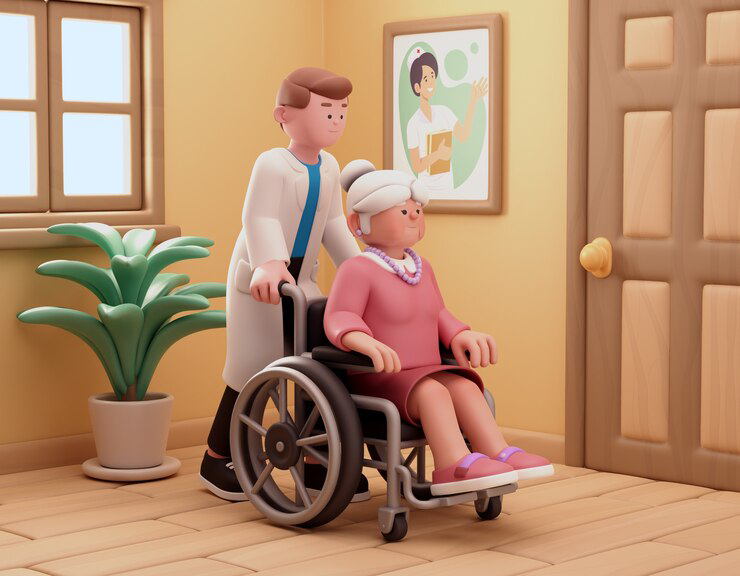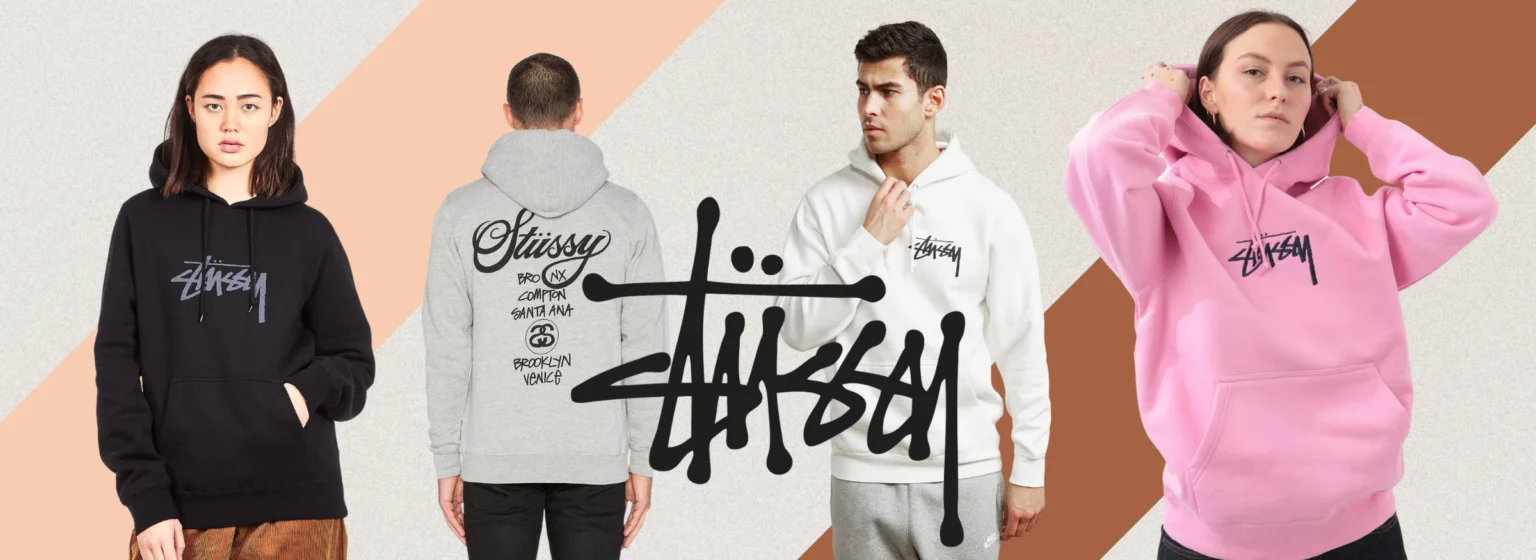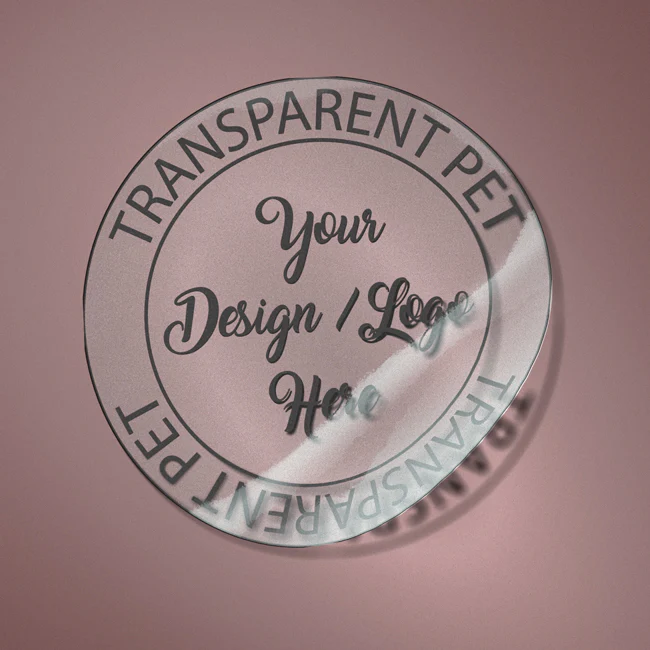In the fast-paced and often complex world of healthcare, communication between medical professionals, patients, and caregivers is more critical than ever. Medical animation is revolutionizing this space by bridging the gap between complex clinical data and layman understanding. With the help of expert 3D animation for digital advertising and healthcare education, medical topics can now be conveyed with clarity, precision, and visual appeal. This blog explores how medical animation services are empowering patients and caregivers, and how this dynamic medium fits into broader digital marketing and healthcare communication strategies.
The Evolution of Medical Communication
Traditional forms of patient education, such as brochures, verbal explanations, or even 2D illustrations, often fall short in effectively conveying medical procedures or anatomical concepts. These materials usually assume a baseline understanding of biology, which not all patients possess. With growing demands for personalized, accessible, and engaging healthcare communication, medical animation services have emerged as a critical solution.
What is Medical Animation?
Medical animation is the process of creating accurate, detailed, and dynamic 3D visualizations that depict biological processes, surgical procedures, pharmaceutical mechanisms, or medical devices. These animations are crafted using advanced 3D modeling services and are often produced in collaboration with medical experts to ensure scientific accuracy.
Medical animations can be tailored to:
- Illustrate surgical techniques for pre-operative education
- Explain drug interactions and mechanisms
- Demonstrate disease progression
- Guide post-operative care
- Teach anatomy to students or patients
Enhancing Patient Understanding Through Visualization
One of the biggest advantages of medical animation is its ability to demystify complex subjects. For instance, a caregiver trying to understand how Alzheimer’s disease progresses in the brain may struggle with textual or verbal explanations. However, a 3D animation can visually depict the physiological changes in the brain, allowing the caregiver to grasp the disease’s implications in an intuitive way.
This is particularly helpful in:
- Chronic disease management
- Pre-operative and post-operative education
- Medication adherence
- Pediatric patient care
- Elderly care support
With expert 3D animation for digital advertising and education, healthcare providers can ensure that patients retain critical information, leading to better health outcomes.
Benefits of Medical Animation for Patients and Caregivers
1. Improved Knowledge Retention
Studies have shown that people retain up to 80% of what they see and do, compared to only 10-20% of what they hear or read. Medical animation capitalizes on this by providing memorable visual content.
2. Emotional Reassurance
Understanding medical procedures or diagnoses can significantly reduce fear and anxiety. For example, watching a 3D animation of a laparoscopic surgery can help a patient feel more in control and less anxious about their upcoming operation.
3. Accessibility for All Education Levels
Animations can be simplified for audiences with low health literacy, ensuring equitable access to vital information. This is especially useful for caregivers who may not have a medical background.
4. Multilingual and Multicultural Adaptability
Medical animations can be translated and localized, making them suitable for diverse populations around the world.
5. Enhanced Decision-Making
When patients understand their conditions and treatment options clearly, they are more likely to make informed decisions in collaboration with healthcare providers.
Role in Digital Advertising and Marketing
Medical animation isn’t just about education; it also plays a pivotal role in marketing. Expert 3D animation for digital advertising helps pharmaceutical companies, medical device manufacturers, and healthcare providers showcase their products or services in a compelling way.
Consider the following product advertisement examples:
- A pharmaceutical company uses a 3D animation to illustrate how their drug works at the cellular level, enhancing trust and engagement.
- A biotech startup launches a new wearable health monitor and uses animation to explain its functionality to investors and end-users.
- Hospitals use animations in online campaigns to promote health screenings or surgical techniques.
These strategies not only attract more attention but also facilitate better understanding of the product’s benefits.
Integrating 3D Modeling Services for Accuracy
Medical animation relies heavily on accurate and detailed 3D models of anatomical structures. 3D modeling services are critical in building these assets, whether it’s a beating heart, a synaptic connection in the brain, or a prosthetic device. These services ensure that every visual element is true to life and medically accurate, which is crucial for both education and compliance purposes.
By integrating high-quality 3D models into animations, healthcare providers can:
- Train medical staff more effectively
- Explain device usage to patients
- Present clinical trial results visually
- Design patient-specific treatment plans
Use of 3D Industrial Animation in Medical Equipment Training
Another area where animation proves invaluable is in the training and demonstration of complex medical equipment. 3D industrial animation brings machines and processes to life, offering a visual manual for users. Whether it’s a dialysis machine or a robotic surgical system, industrial animation shows how the machinery works, step-by-step, in a way that manuals simply cannot match.
For instance:
- Hospital maintenance teams can be trained using 3D industrial animations of equipment parts and maintenance protocols.
- Sales teams use these animations to demonstrate functionality during client pitches.
- Caregivers and patients at home learn how to use home diagnostic kits or therapeutic devices correctly.
How Video Production Studios Add Value
Professional video production studios are essential for delivering high-quality medical animations. These studios combine scriptwriting, storyboarding, 3D modeling services, animation, and post-production to create a seamless final product. Their involvement ensures that each animation is not only visually appealing but also aligns with the medical and educational objectives.
When choosing a video production studio, healthcare providers should look for:
- Experience in medical animation services
- A team of animators, illustrators, and medical consultants
- Proven track record with product advertisement examples
- Capability to integrate 3D industrial animation
- Flexibility for custom patient education modules
Future Trends in Medical Animation
1. Augmented and Virtual Reality Integration
Immersive experiences can take patient education to the next level. Imagine caregivers exploring the anatomy of the heart in VR to understand congenital defects.
2. Personalized Animation Content
With advancements in AI and 3D modeling services, animations can now be tailored to individual patients, showing their unique anatomy or treatment plan.
3. Interactive Video Modules
Instead of passive viewing, patients can now interact with animated modules—choosing topics, answering quizzes, or viewing step-by-step guides.
4. Cross-Platform Accessibility
Animations are being optimized for mobile, tablet, and desktop platforms, ensuring patients can access them anywhere.
Final Thoughts
Medical animation is no longer a niche tool; it has become a cornerstone of modern patient and caregiver education. By simplifying complex information into engaging visuals, expert 3D animation for digital advertising and education is fostering a more informed and empowered patient base.
As the healthcare landscape continues to evolve, the integration of 3D modeling services, 3D industrial animation, and professional video production studio capabilities will ensure that medical animation remains at the forefront of both education and marketing. Whether it’s explaining a life-saving procedure or launching a new medical device, the power of visual storytelling is undeniable.
From product advertisement examples to interactive caregiver guides, medical animation is not just shaping the future of healthcare communication—it is defining it.








